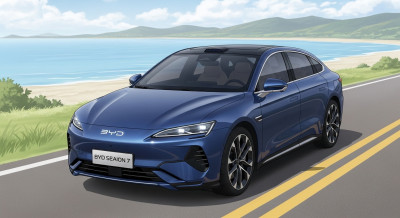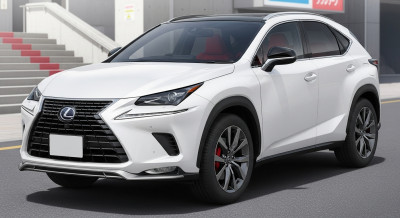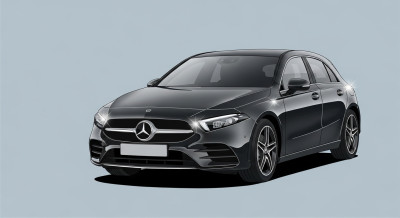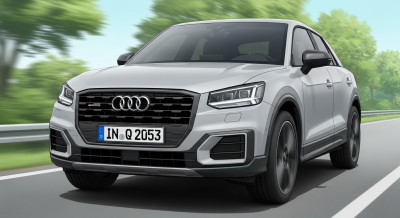Paramount News Reel: 1930 Indianapolis 500
After more than a decade of domination by purpose-built racing cars, a considerably revised set of specifications was now in effect in an attempt to encourage the return of America’s automobile manufacturers to the #Indy500.
Engine sizes—limited between 1926 and 1929 to only 91 ½ cubic inches—were now opened all the way up to 366. Supercharging was no longer permissible (except on two-cycle engines) and the riding mechanics, optional since 1923, were mandatory once again. Legend has it that these new “specs” were forced in by the collapse of the stock market, whereas, in fact, they had been announced in January 1929, a full 10 months before the Wall Street “crash.”
Although a number of production-engined cars did take part, none was factory-entered and Billy Arnold’s winning mount was a front-drive racing car, powered by an unsupercharged 151-cubic-inch Miller. The 24-year-old Arnold started from the pole and led the entire distance with exception of the first two laps, winning by more than seven minutes over second place. His prize money topped an amazing $50,000, which, largely due to the Depression of the mid-1930s, was to stand as a record for almost 20 years
After more than a decade of domination by purpose-built racing cars, a considerably revised set of specifications was now in effect in an attempt to encourage the return of America’s automobile manufacturers to the #Indy500.
Engine sizes—limited between 1926 and 1929 to only 91 ½ cubic inches—were now opened all the way up to 366. Supercharging was no longer permissible (except on two-cycle engines) and the riding mechanics, optional since 1923, were mandatory once again. Legend has it that these new “specs” were forced in by the collapse of the stock market, whereas, in fact, they had been announced in January 1929, a full 10 months before the Wall Street “crash.”
Although a number of production-engined cars did take part, none was factory-entered and Billy Arnold’s winning mount was a front-drive racing car, powered by an unsupercharged 151-cubic-inch Miller. The 24-year-old Arnold started from the pole and led the entire distance with exception of the first two laps, winning by more than seven minutes over second place. His prize money topped an amazing $50,000, which, largely due to the Depression of the mid-1930s, was to stand as a record for almost 20 years.
 LEXUS
LEXUS  AUDI
AUDI  PORSCHE
PORSCHE  ROLLS-ROYCE
ROLLS-ROYCE  LAND ROVER
LAND ROVER  FERRARI
FERRARI  MASERATI
MASERATI  CADILLAC
CADILLAC  CHRYSLER JEEP
CHRYSLER JEEP 




































